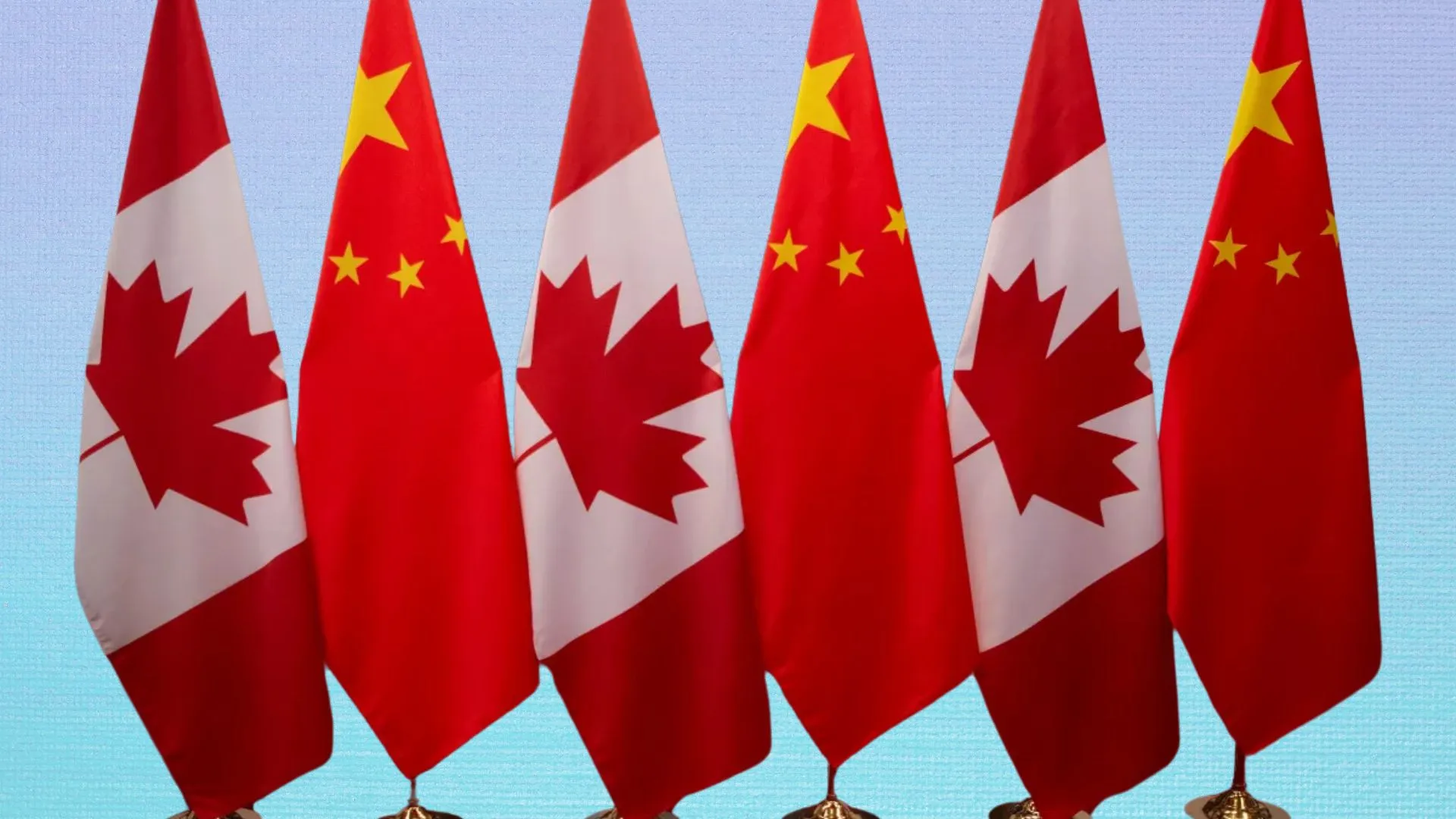It was on this day in the year 1949, that the Constitution of India was adopted by the Constituent Assembly of India. It finally took effect on January 26, 1950 and turned out to become a republic. This is the fact to be known by all that drafting the constitution was not a labor of one but was a collective effort.
The Silent Architects: Unknown Influences
- B.N. Rau – The Unsung Advisor
Before Dr. Ambedkar took charge as the Chairman of the Drafting Committee, Sir Benegal Narsing Rau played a pivotal role. As the Constitutional Advisor, Rau prepared the initial draft, drawing inspiration from various global constitutions. His work laid the foundation for debates and discussions that shaped the final document. - Shyama Prasad Mukherjee’s Strategic Inputs
While Mukherjee is better known as a political leader, his inputs on federal structure and minority rights subtly influenced the constitution-making process. - Women Who Left Their Mark
Several women, including Hansa Mehta, Durgabai Deshmukh, and Rajkumari Amrit Kaur, contributed ideas related to gender equality and social justice. Their efforts, however, are often overshadowed in history books. - Hidden International Inspiration
The Indian Constitution borrowed ideas from over 60 constitutions worldwide. The Directive Principles were inspired by Ireland, fundamental rights by the U.S., and parliamentary governance by Britain. Yet, many names who provided expertise on these ideas remain unacknowledged.
Unknown Facts About the Constitution
- The Longest Constitution in the World
With 395 articles, 8 schedules (now expanded to 12), and over 145,000 words, the Indian Constitution is the longest written constitution globally. - Handwritten Masterpiece
The original Constitution wasn’t typed or printed—it was meticulously handwritten in both English and Hindi by Prem Behari Narain Raizada. The calligraphy is so intricate that it remains a masterpiece of art. - Gold-Plated Edges
The original copies of the Constitution are preserved in helium-filled cases at the Parliament Library. These copies have gold-plated edges to prevent damage. - It Took 2 Years, 11 Months, and 18 Days
The Constituent Assembly worked tirelessly for nearly three years, conducting 11 sessions over 165 days to complete the Constitution. - The “Hidden Voice” Behind the Preamble
While Nehru’s Objectives Resolution influenced the Preamble, it was largely edited and finalized by B.N. Rau. His philosophical interpretations of sovereignty and justice subtly shaped the language. - Ambedkar’s “Second Draft”
While Ambedkar is credited with leading the drafting process, it is lesser-known that he submitted a “second draft” after intense debates, modifying nearly 2,000 provisions. - Opposition to Its Size
Some members of the Constituent Assembly felt the Constitution was too detailed and rigid, arguing it could hinder innovation. Ambedkar, however, defended its comprehensiveness, asserting it provided necessary flexibility.
A Hidden Mystery: The Role of Anonymous Contributors
There are debates about certain clauses and terms in the Constitution being influenced by anonymous inputs, possibly from global experts who were consulted but never publicly acknowledged. For instance:
- Some language in the Fundamental Rights and Directive Principles mirrors legal ideas from obscure U.S. academic papers, suggesting external consultation.
- The inclusion of concepts like affirmative action may have been influenced by anonymous advisors from South Africa or the U.S., though this remains unverified.
The Indian Constitution is not merely a legal document but a living testament to India’s diversity, resilience, and collective intellect. While names like Ambedkar, Nehru, and Rau are celebrated, countless unsung heroes and hidden contributors also played roles in shaping this cornerstone of Indian democracy. Its enigma lies in the layers of collaboration, debate, and silent contributions that went into its making—an enduring mystery in itself.
Also Read: InPics: Glimpse Of Horror 26/11 Mumbai Attack






















